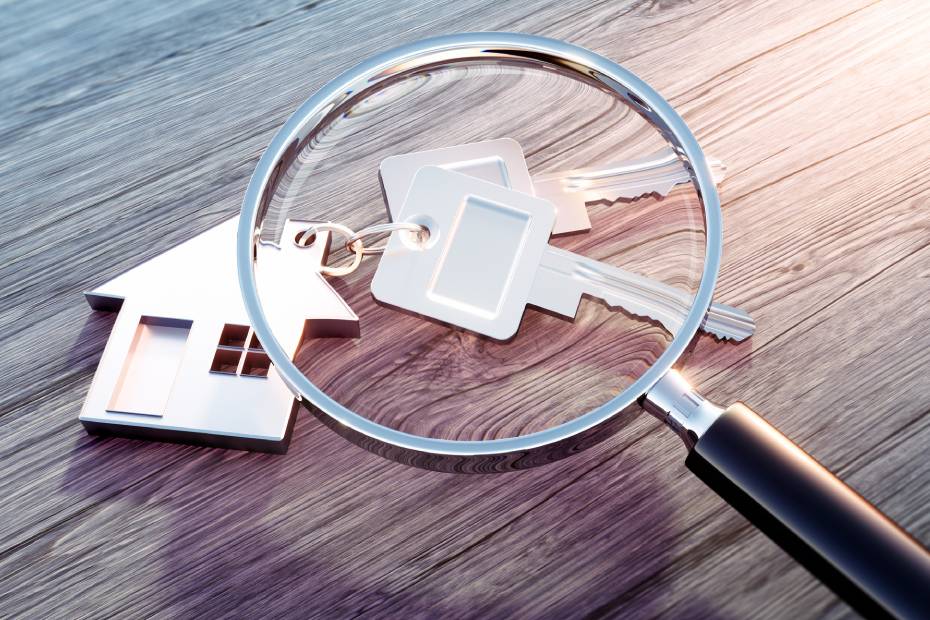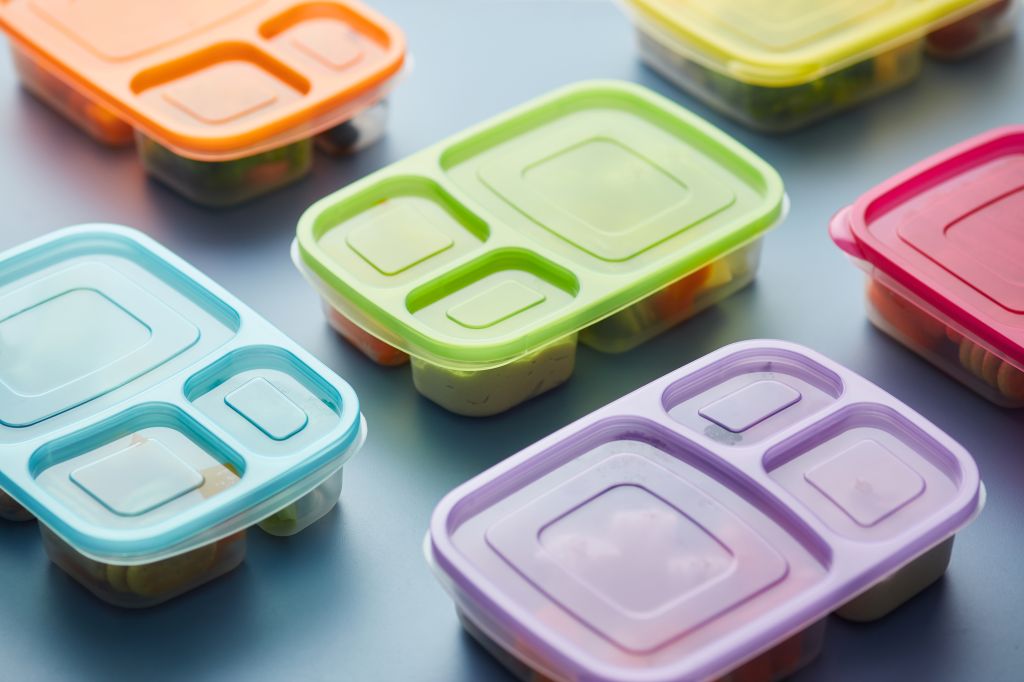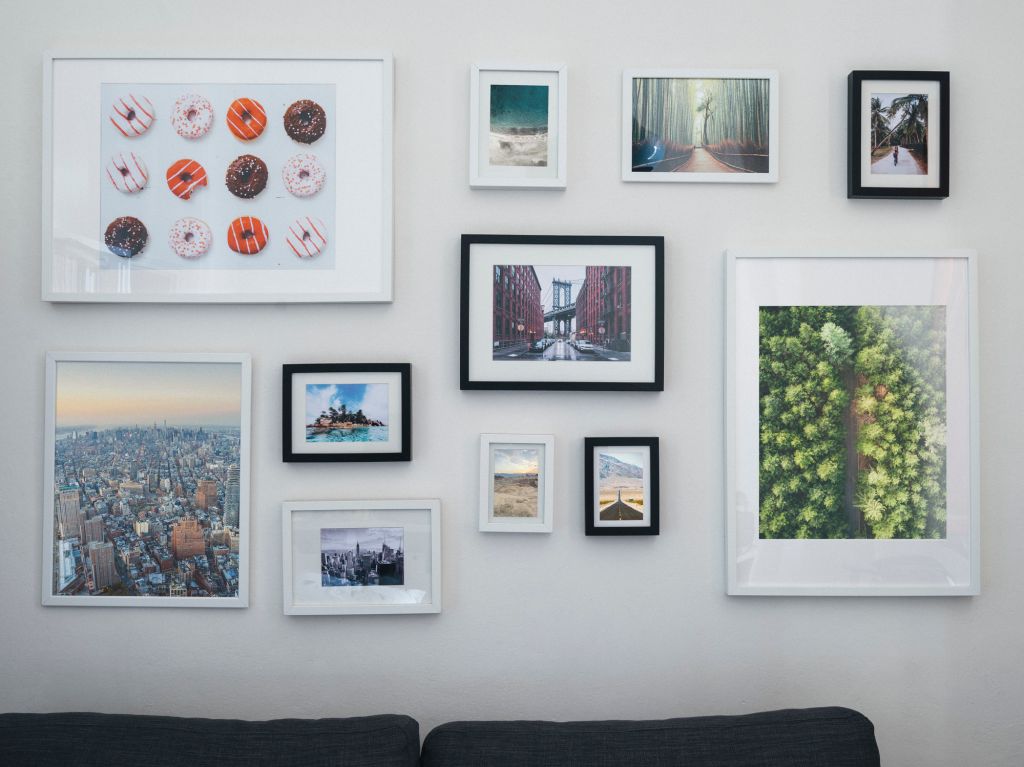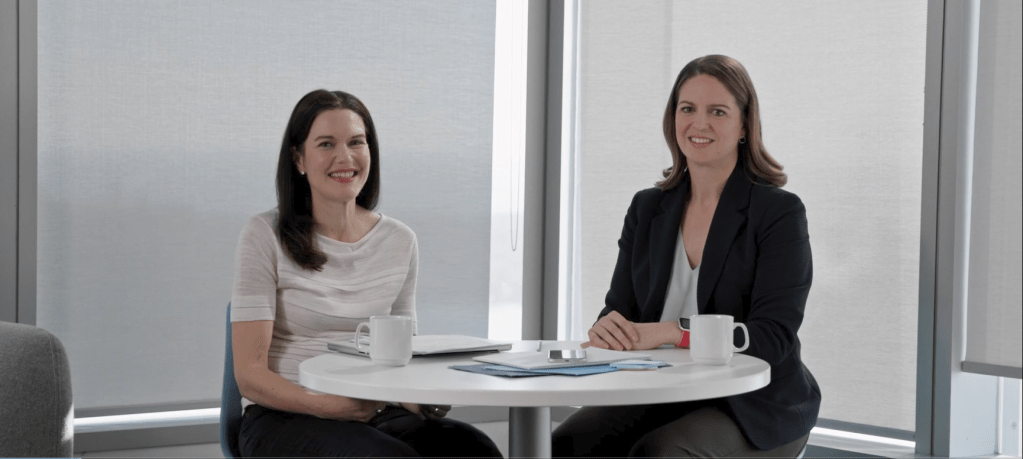Published March 30, 2023 • 5 Min Read
A version of this story was originally published on InvestEase Insights.
For the first time in years, the Canadian government announced a new registered savings plan. The First Home Savings Account (FHSA) is targeted at potential first-time homebuyers and is another tax-advantaged tool Canadians can use for saving and investing.
Let’s start with a quick overview. An FHSA allows you to save up to $8,000 per year (to a lifetime maximum of $40,000) and shares tax benefits with both the Tax-Free Savings Account (TFSA) and the Registered Retirement Savings Plan (RRSP). Like a TFSA, you will not pay taxes on growth earned within an FHSA (dividends, interest, etc.) and withdrawals are tax-free (as long as the funds are used for a qualifying home purchase). Like an RRSP, FHSA contributions can be deducted from your taxable income, which can help reduce your overall tax bill.
When it comes time to buy a home, you can combine withdrawals from an FHSA and an RRSP (following the existing rules under the Home Buyers’ Plan) to make the purchase. If a home doesn’t end up fitting into your plans, then you have the option to withdraw the money (taxable as income) or transfer it to an RRSP or Registered Retirement Income Fund (RRIF) (without penalty).
Everyone’s situation is unique. To better understand how an FHSA could be used, let’s explore a couple of potential scenarios.
Scenario 1: I’ve just started investing and I’m not sure if I’ll ever buy a home.
Meet Shelly*. She is a recent graduate and has landed her first full time job earning $60,000 annually. She is renting an apartment with two of her friends, and although she worries about how expensive the housing market is, she plans to own her own home one day.
Shelly is relatively new to investing, but she’s already set up pre-authorized TFSA contributions to help save for some of her shorter-term goals (hello vacation!).
Shelly has researched the FHSA and decided that it makes sense for her to open one. Here’s why. Since she is early in her career, she assumes her annual income will grow substantially in the future. With the FHSA, she can use her contributions to deduct from her taxable income in future years when she’s likely to be in a higher tax bracket. This has the potential to help her with additional tax savings down the road.
Let’s say Shelly’s plans change and she decides not to buy a home after all. She can keep the account for up to 15 years (the maximum amount of time you can invest within an FHSA), and then transfer the funds tax-free to her RRSP. In this case, Shelly’s investments will have already grown tax-free in the FHSA and will continue to do so until they are withdrawn from her RRSP/RRIF. The benefits of tax deferral, especially over a long investment time horizon, can be significant. With an FHSA, Shelly will enjoy these benefits whether she ends up buying a house or not.
Scenario 2: We’ve been saving together for years and we want to buy a home in the next few years.
Meet Roger and Jean*. They are married, earn a combined salary of $180,000 and have rented the same apartment for the past five years. They make monthly contributions to their RRSPs and top up when they receive their annual bonuses from work. By being diligent with savings and keeping an eye on their ultimate goal, they have saved $75,000 in their RRSPs.
After years of renting and saving, the couple is now seriously considering purchasing their first home. When the FHSA becomes available, they both decide to open one and re-allocate some of their savings. Here’s why.
Eventually, when Roger and Jean find the home they want to buy, they will be able to withdraw the allowable amount from their RRSPs tax-free under the Home Buyers’ Plan (HBP) and the entire amount they’ve saved within their FHSA. The FHSA funds don’t need to be repaid, but money used under the HBP program needs to be paid back into the RRSP within a specific timeframe.
To demonstrate how useful the FHSA can be, let’s assume that Roger and Jean maximize their contributions over the next five years and each earn $7,2151 on the investments within their FHSAs. At this point, if they buy their first home, they could have $164,430 combined from their HBP withdrawals and FHSAs to use towards their purchase.
| ROGER | JEAN | ||
| HBP Withdrawal | $35,000 | $35,000 | |
| FHSA Contributions over 5 years | $40,000 | $40,000 | |
| Earnings within the FHSA | $7,215 | $7,215 | |
| Total | $82,215 | $82,215 | $164,430 |
For more info on this new registered account type, including specifics about eligibility, contributions and transfers, you can also read FHSA: 9 Questions Answered About the New First Home Savings Account.
1 Assumptions: $8,000 invested at the beginning of each year at annual projected rate of return of 5.58%
*For illustrative purposes
Financial planning services and investment advice are provided by Royal Mutual Funds Inc. (RMFI). RMFI, RBC Global Asset Management Inc., Royal Bank of Canada, Royal Trust Corporation of Canada and The Royal Trust Company are separate corporate entities which are affiliated. RMFI is licensed as a financial services firm in the province of Quebec.
The material in this article is intended as a general source of information only, and should not be construed as offering specific tax, legal, financial or investment advice. Every effort has been made to ensure that the material is correct at time of publication, but we cannot guarantee its accuracy or completeness. Interest rates, market conditions, tax rulings and other investment factors are subject to rapid change. You should consult with your tax advisor, accountant and/or legal advisor before taking any action based upon the information contained in this article.
This article is intended as general information only and is not to be relied upon as constituting legal, financial or other professional advice. A professional advisor should be consulted regarding your specific situation. Information presented is believed to be factual and up-to-date but we do not guarantee its accuracy and it should not be regarded as a complete analysis of the subjects discussed. All expressions of opinion reflect the judgment of the authors as of the date of publication and are subject to change. No endorsement of any third parties or their advice, opinions, information, products or services is expressly given or implied by Royal Bank of Canada or any of its affiliates.
Share This Article






